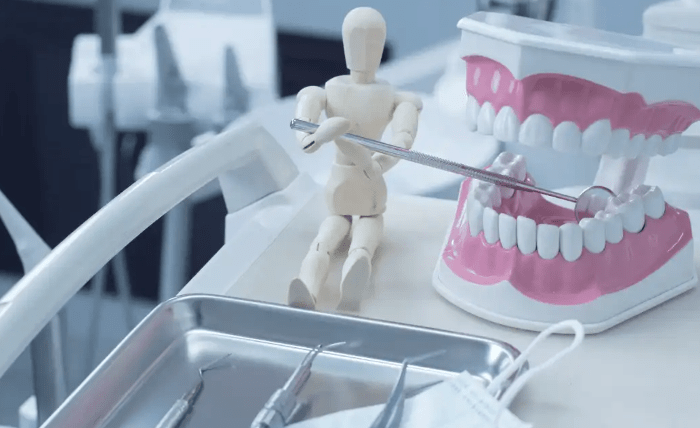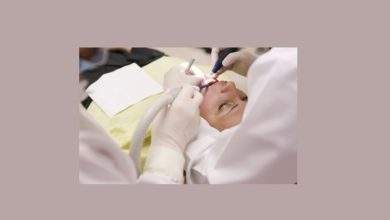
Modern dentistry has dramatically evolved, prioritizing natural tooth structure preservation through minimally invasive restorative techniques. This approach benefits both dental professionals and patients by focusing on prevention, early intervention, and tissue conservation.
Understanding the Principles of Minimal Intervention
Minimally invasive dentistry operates on several core principles that distinguish it from traditional restorative approaches. The primary philosophy centers on preserving as much healthy tooth structure as possible while effectively treating dental disease.
Preservation Over Removal
Rather than removing large portions of tooth structure to accommodate traditional restorations, minimally invasive techniques focus on selective removal of only diseased or compromised tissue. This approach maintains the tooth’s natural strength and integrity, leading to better long-term outcomes.
Prevention-Focused Care
Early detection and intervention play crucial roles in minimal intervention dentistry. By identifying issues before they progress to advanced stages, practitioners can often address problems with conservative treatments that require minimal tooth preparation.
Biomimetic Approach
These techniques aim to restore teeth in ways that closely mimic natural tooth structure and function. This includes using materials and methods that replicate the mechanical properties and appearance of healthy enamel and dentin.
Common Minimally Invasive Procedures
Several specific procedures exemplify the minimally invasive approach to restorative dentistry. Each technique offers unique advantages while adhering to the core principles of tissue preservation.
Air Abrasion Technology
Air abrasion uses a stream of fine particles to remove decay and prepare teeth for restoration without the need for traditional drilling. This technique is particularly effective for small cavities and surface preparations, offering a more comfortable patient experience with reduced vibration and heat generation.
Laser-Assisted Cavity Preparation
Dental lasers provide precise removal of decayed tissue while preserving healthy tooth structure. The technology allows for selective targeting of infected areas and often eliminates the need for local anesthesia in many cases.
Micro-Conservative Restorations
Small composite fillings that require minimal tooth preparation represent a cornerstone of minimally invasive dentistry. These restorations can be placed using adhesive techniques that bond directly to tooth structure without mechanical retention.
Remineralization Therapies
These treatments focus on reversing early stages of tooth decay through the application of fluoride, calcium phosphate compounds, and other remineralizing agents. This approach can often halt or reverse the decay process without any tissue removal.
Benefits of Using Minimally Invasive Techniques
The advantages of minimally invasive restorative techniques extend beyond simple tissue preservation, offering comprehensive benefits for both patients and practitioners.
Enhanced Patient Comfort
Patients experience significantly less discomfort during and after minimally invasive procedures. Reduced drilling, less tissue removal, and often the elimination of anesthesia needs contribute to a more pleasant dental experience.
Improved Long-Term Outcomes
By preserving natural tooth structure, these techniques often result in stronger, more durable restorations. Natural teeth maintain their biomechanical properties better when less structure is removed, leading to reduced risk of fracture and restoration failure.
Cost-Effective Treatment
While some minimally invasive technologies require initial investment, they often reduce overall treatment costs by preventing the need for more extensive procedures. Early intervention typically costs less than treating advanced dental disease.
Reduced Treatment Time
Many minimally invasive procedures can be completed more quickly than traditional approaches, improving practice efficiency and reducing patient chair time.
The Role of Technology in Minimally Invasive Dentistry
Advanced technologies serve as enablers for minimally invasive approaches, providing practitioners with tools that weren’t available in traditional dentistry. These innovations continue to expand the possibilities for conservative treatment.
Digital Imaging and Diagnostics
High-resolution intraoral cameras, digital radiography, and advanced diagnostic tools like laser fluorescence allow for early detection of dental problems. Early identification enables intervention before extensive damage occurs.
CAD/CAM Technology
Computer-aided design and manufacturing systems allow for the creation of precise, conservative restorations that require minimal tooth preparation. These systems can produce inlays, onlays, and crowns that fit accurately while preserving maximum tooth structure.
Bioactive Materials
Modern restorative materials often possess bioactive properties that promote healing and remineralization of adjacent tooth structure. These materials work in harmony with natural dental tissues to support long-term oral health.
The Future of Minimally Invasive Restorative Techniques
The field continues to evolve with emerging technologies and refined techniques that promise even more conservative approaches to dental treatment.
Regenerative Dentistry
Research into stem cell therapy and tissue engineering may soon allow for actual regeneration of damaged tooth structure rather than replacement with artificial materials. These approaches, unlike traditional tooth extractions like those in Portland, could revolutionize how we think about restorative treatment.
Artificial Intelligence Integration
AI-powered diagnostic systems are becoming increasingly sophisticated at identifying early-stage dental problems and recommending the most conservative treatment approaches. This technology could help standardize minimally invasive care across practices.
Nanotechnology Applications
Nano-scale materials and delivery systems offer new possibilities for targeted treatment of dental disease at the molecular level. These technologies may enable even more precise and conservative interventions.
Conclusion
Minimally invasive restorative techniques represent more than just a trend—they embody a fundamental shift toward more thoughtful, patient-centered dental care. The evidence clearly supports the benefits of these approaches for both immediate treatment outcomes and long-term oral health.




